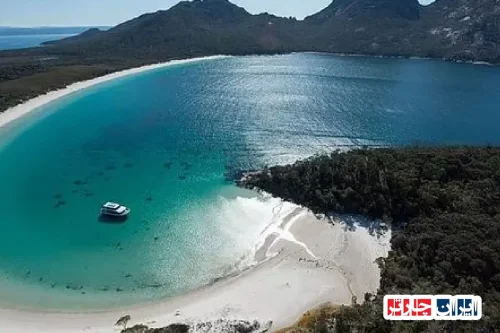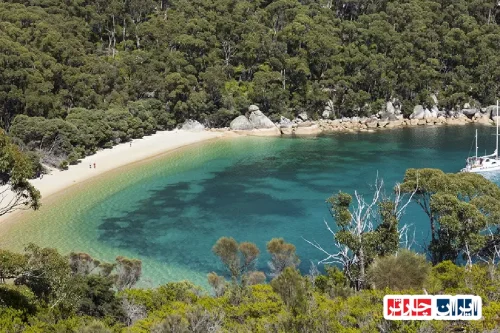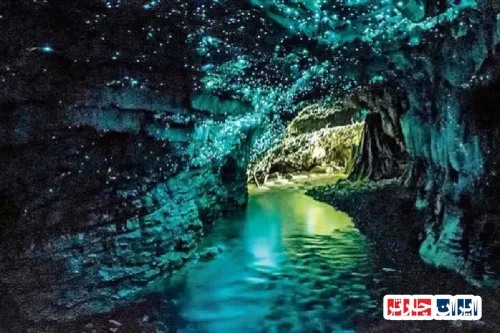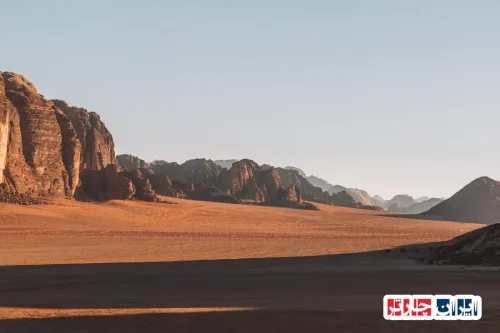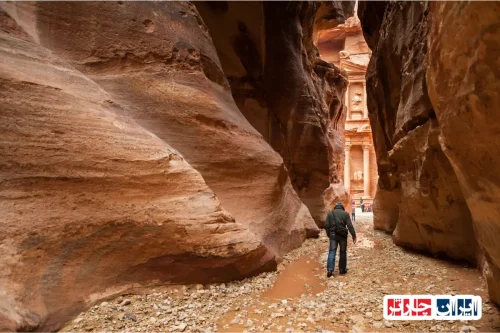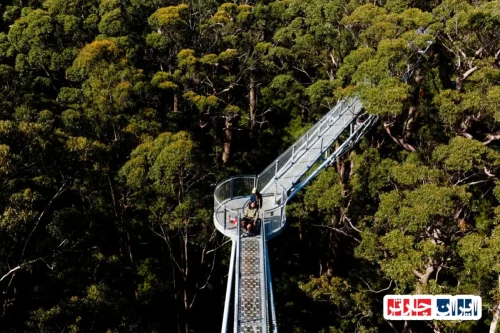Discover the Natural Wonders of Gros Morne National Park Newfoundland Canada
Gros Morne National Park in Newfoundland, Canada, stands out as one of the most breathtaking and diverse natural landscapes in the world. Covering over 1,805 square kilometers, this UNESCO World Heritage site offers a unique blend of geological formations, lush forests, and pristine waters. Visitors can immerse themselves in spectacular scenery, from towering mountains to deep fjords, experiencing the raw beauty of untouched nature. The park’s diverse ecosystems host rare bird species, mammals, and plant life, making it a haven for wildlife enthusiasts. Exploring this vast wilderness provides an opportunity to connect with nature, learn about earth’s geological history, and enjoy outdoor activities such as hiking, kayaking, and camping. Gros Morne National Park-Iran Charter is your gateway to discovering this extraordinary destination, offering tailored travel experiences that highlight the park’s natural splendors and cultural richness. Whether you’re seeking adventure or tranquility, Gros Morne in Newfoundland, Canada, promises an unforgettable journey into the heart of pristine wilderness.
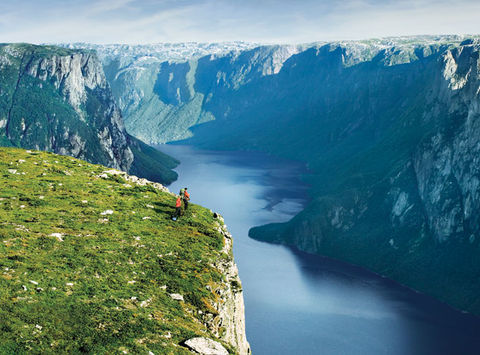
Discover the Natural Wonders of Gros Morne National Park Newfoundland Canada
Gros Morne National Park in Newfoundland, Canada, stands as a UNESCO World Heritage Site renowned for its breathtaking landscapes and geological significance. Covering over 1805 square kilometers, this park offers visitors an unparalleled experience of diverse terrains, including towering mountains, deep fjords, lush forests, and pristine beaches. Its unique geological formations tell a story of Earth’s dynamic history, making it a must-visit destination for nature lovers and geology enthusiasts alike. Exploring Gros Morne provides an opportunity to witness the raw beauty of Canada’s natural heritage while engaging in outdoor activities such as hiking, kayaking, and wildlife observation.
Historical Background and Indigenous Heritage of Gros Morne
The history of Gros Morne National Park dates back millions of years, shaped by intense geological processes and glacial activity. Indigenous peoples have inhabited the region for centuries, leaving behind cultural artifacts and traditional knowledge that enrich the area’s heritage. The park contains numerous archaeological sites that reflect the rich history of the local communities, including ancient hunting grounds and sacred sites. Preserving this cultural legacy is vital for understanding the deep connection between the land and its original inhabitants, offering visitors a glimpse into the enduring traditions of Newfoundland’s indigenous peoples.
Geological Marvels: Tectonic Plates and Glacial Formations
Gros Morne is a geological masterpiece, showcasing dramatic features such as the Tablelands, which are remnants of the Earth’s mantle exposed through tectonic activity. The park’s landscape reveals evidence of ancient plate collisions, fault lines, and volcanic activity that have shaped its rugged terrain. Glacial erosion has carved deep fjords and valleys, creating stunning vistas and unique landforms. These geological phenomena provide valuable insights into Earth’s history and make Gros Morne a prime location for scientific study and outdoor exploration.
Top Trails and Natural Attractions for Adventure Seekers
For outdoor enthusiasts, Gros Morne offers a variety of hiking trails suitable for all skill levels. The Gros Morne Mountain trail challenges hikers with steep ascents and panoramic views, while the Green Gardens trail leads to lush coastal landscapes and dramatic cliffs. Other popular sites include Western Brook Pond, a glacially carved fjord perfect for boat tours, and the Tablelands, where visitors can walk among exposed mineral-rich rocks. These trails and attractions provide immersive experiences in untouched wilderness, perfect for photography, birdwatching, and reconnecting with nature.
Exploring Fjords and Hidden Waterways in Gros Morne
The park’s fjords and waterways are among its most captivating features. Western Brook Pond, a deep, glacially carved fjord, offers boat tours that reveal towering cliffs and tranquil waters. These waterways are home to diverse aquatic life and serve as vital habitats for various bird species. Kayaking and canoeing are popular activities that allow visitors to explore these pristine waters up close. The serene environment and dramatic scenery make Gros Morne’s fjords a perfect destination for adventure and relaxation alike.
The Unique Tablelands: A Window into Earth’s Mantle
The Tablelands stand out as one of the most extraordinary geological formations in Gros Morne. Composed of peridotite, a type of mantle rock, this area exposes deep Earth materials that have been uplifted through tectonic forces. Walking on the rugged terrain offers a rare opportunity to observe Earth’s inner layers directly. The vibrant orange and green hues of the rocks add to the area’s striking appearance. Visiting the Tablelands provides an educational experience about Earth’s geology and the processes that shape our planet over millions of years.
Wildlife Encounters and Conservation Efforts in Gros Morne
Gros Morne is home to a diverse array of wildlife, including moose, caribou, black bears, and numerous bird species. The park’s protected status ensures the preservation of these species and their habitats. Birdwatchers can spot bald eagles, peregrine falcons, and seabirds nesting along the coast. Conservation programs focus on maintaining ecological balance and protecting endangered species. Visitors are encouraged to observe wildlife responsibly and contribute to ongoing preservation efforts, ensuring that Gros Morne remains a vibrant natural sanctuary for generations to come.
Best Time to Visit and Practical Tips for Travelers
The optimal time to explore Gros Morne is during the summer months from June to September when weather conditions are ideal for outdoor activities. Spring and fall also offer beautiful scenery with fewer crowds. To make the most of your trip, plan ahead by booking accommodations early and preparing appropriate gear for hiking, kayaking, and camping. Be sure to check local weather forecasts and park regulations. Respect the environment by staying on designated trails and carrying out all trash. With proper planning, your visit to Gros Morne will be safe, enjoyable, and unforgettable.
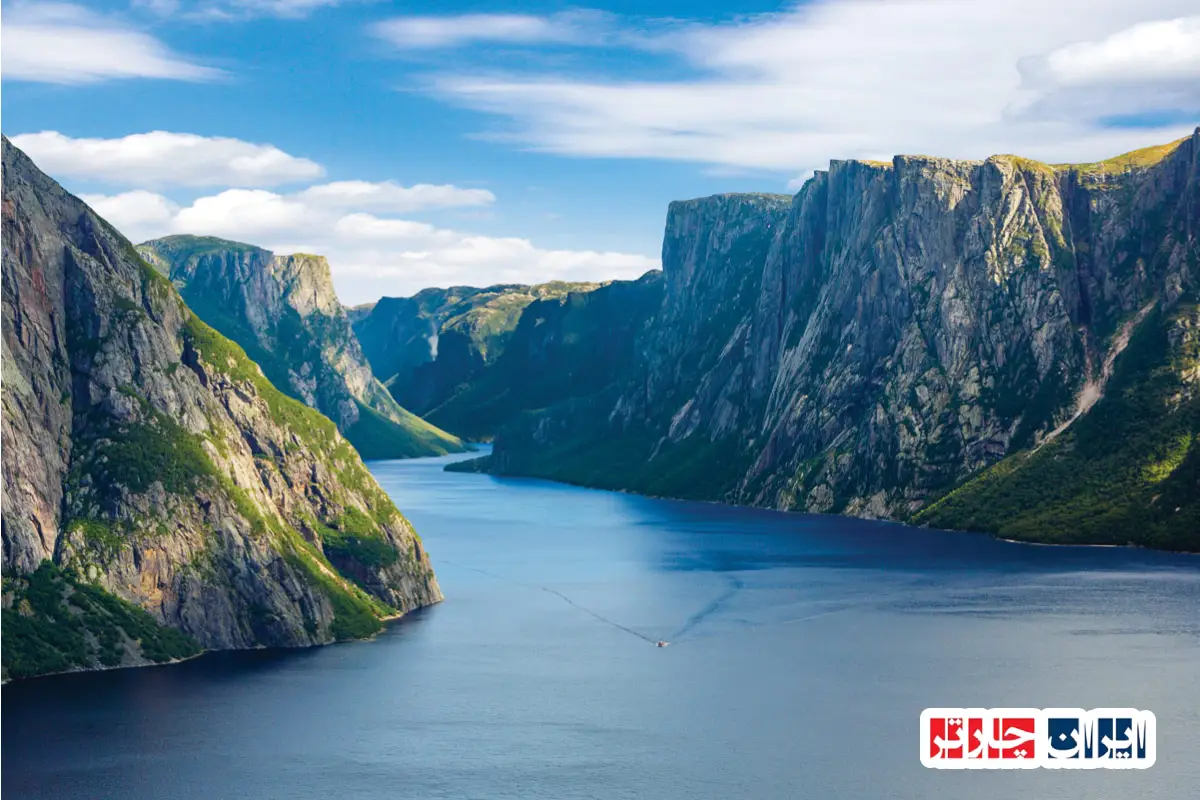
Frequently Asked Questions about Gros Morne National Park
- What is Gros Morne National Park known for?
- Gros Morne National Park is renowned for its stunning landscapes, including towering mountains, deep fjords, lush forests, and unique geological formations that tell Earth’s story. It is a UNESCO World Heritage Site and offers diverse outdoor activities such as hiking, kayaking, and wildlife observation.
- Where is Gros Morne located?
- The park is situated in Newfoundland, Canada, covering over 1,805 square kilometers of pristine wilderness and geological marvels.
- What are the main geological features of Gros Morne?
- Gros Morne showcases remarkable geological features like the Tablelands, remnants of Earth’s mantle, and evidence of ancient tectonic plate collisions, fault lines, and volcanic activity. Glacial erosion has carved fjords and valleys, creating spectacular scenery.
- What activities can visitors enjoy in Gros Morne?
- Visitors can enjoy hiking on various trails, exploring fjords via boat tours, kayaking, wildlife watching, and visiting geological sites like the Tablelands and Western Brook Pond.
- What is the best time to visit Gros Morne?
- The ideal time is from June to September when weather conditions are most suitable for outdoor adventures. Spring and fall also offer beautiful scenery with fewer crowds.
- Are there guided tours available in the park?
- Yes, numerous guided tours are available for hiking, boat trips, and wildlife observation, providing expert insights into the park’s natural and geological features.
- What wildlife can be seen in Gros Morne?
- The park is home to moose, caribou, black bears, bald eagles, peregrine falcons, and seabirds. Birdwatchers especially enjoy spotting various bird species nesting along the coast.
- Is camping allowed in Gros Morne?
- Yes, there are designated campgrounds and backcountry camping options for visitors who wish to immerse themselves in nature.
- How do I get to Gros Morne National Park?
- The park is accessible by road from Newfoundland’s main cities. The nearest airport is in Deer Lake, which offers flights connecting to other parts of Canada.
- What should I pack for a trip to Gros Morne?
- Bring suitable outdoor gear, including hiking boots, weather-appropriate clothing, insect repellent, camera, and camping supplies if staying overnight.
- Are there visitor centers or facilities in the park?
- Yes, the park has visitor centers with maps, exhibits, and staff to assist visitors. There are also picnic areas and restrooms at various points.
- Can I see the Northern Lights in Gros Morne?
- Yes, during clear winter nights, especially away from city lights, visitors can witness the Northern Lights phenomenon.
- Is Gros Morne suitable for families?
- Absolutely. The park offers family-friendly trails, boat tours, and educational programs suitable for all ages.
- What conservation efforts are in place in Gros Morne?
- The park is protected as a UNESCO World Heritage Site, with ongoing efforts to preserve its ecosystems, wildlife, and geological features through sustainable tourism and conservation programs.
- How can I support conservation in Gros Morne?
- Visitors can contribute by following park guidelines, participating in educational programs, and supporting local conservation initiatives.






